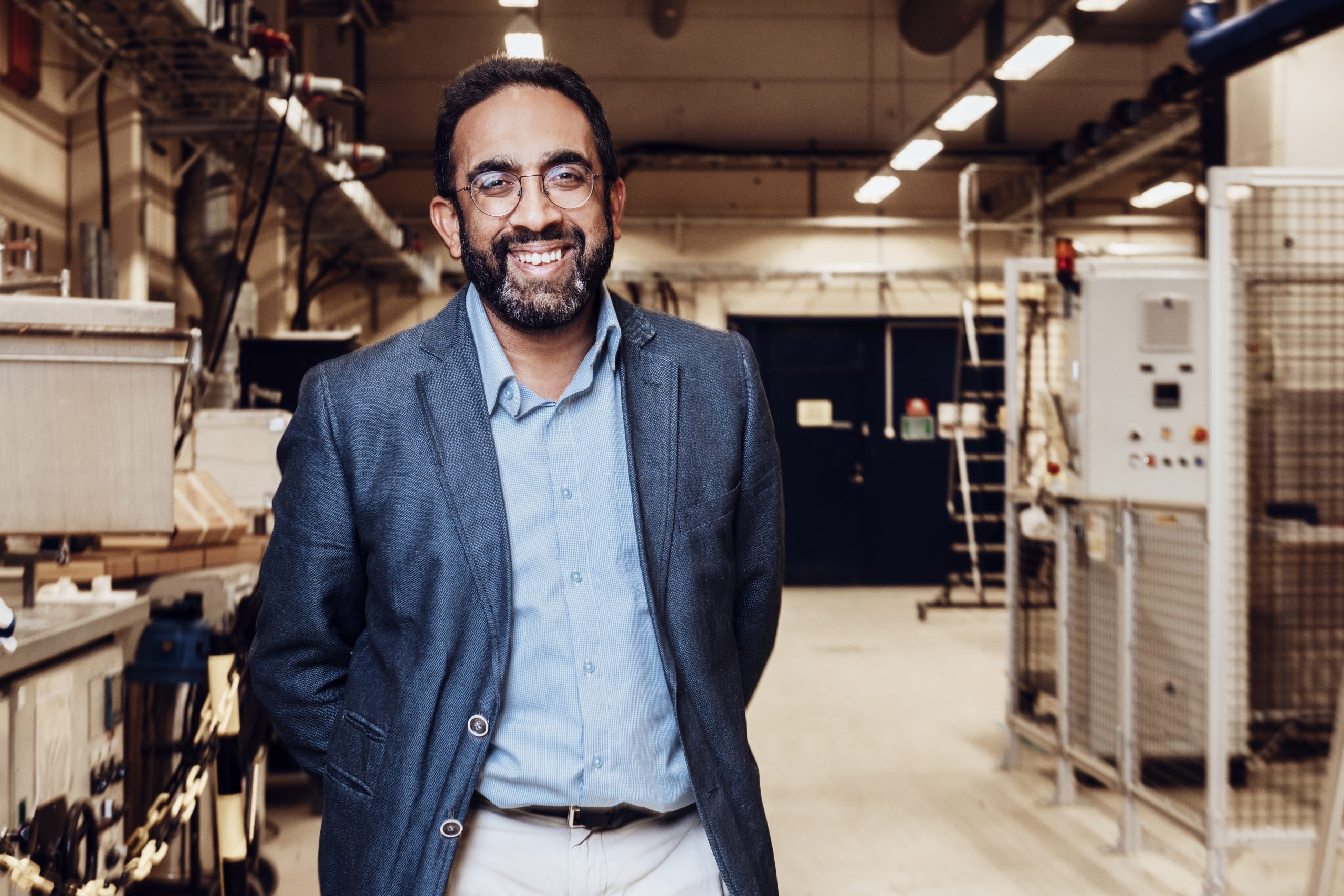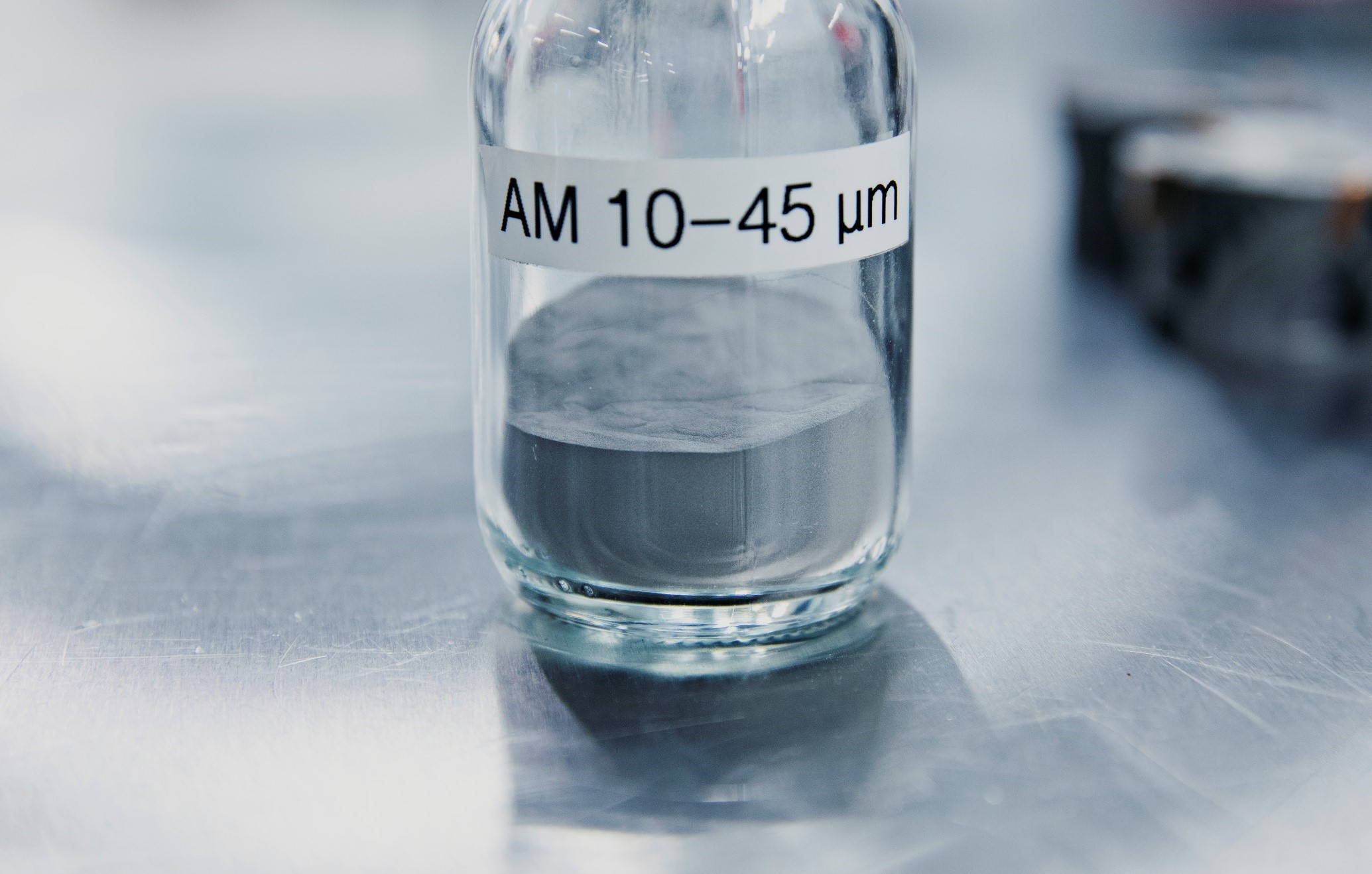Kanthal, the heating technology brand of global engineering group Sandvik, has invested in ultra-modern atomizing equipment to further the development of powder metallurgy for additive manufacturing.
Alongside Swedish metals research institute Swerim, Kanthal will use the equipment to aid its research into new metal powders for 3D printing and hot isostatic pressing (HIP) applications.
The investment marks the beginning of a long-term partnership between the two parties, with Kanthal able to leverage Swerim’s 60 years’ experience in powder metallurgy and metal 3D printing, as well as benefit from Swerim’s advanced structural analysis, testing, and modeling capabilities.
“The investment will enable unique possibilities for us to develop materials for AM and to get new products out on the market, faster,” said Dilip Chandrasekaran, Head of R&D at Kanthal. “The cooperation with Swerim will also allow for world-class research within this field which is strategic both for Kanthal and for Sweden.”

Atomizing powder for AM
Based in Hallstahammar, Sweden, Kanthal has been providing heating technology products and services for over 150 years. The company entered the powder metallurgy sector 30 years ago, which later lead to the integration of metal additive manufacturing and, in 2019, the introduction of a new 3D printing service to create customized thermal components.
The €2 million expenditure on atomizing equipment is the company’s latest investment in additive manufacturing. The equipment will be capable of atomizing powder batches up to 85kg for both 3D printing and HIP applications, and its high material and process flexibility will facilitate the development of new powder metallurgy materials and processes.
The new equipment will be installed at Swerim’s site in Kista, Sweden, and is estimated to be up and running by Q4 2021. Swerim will work with Kanthal to carry out needs-based industrial research into the development of new materials and technologies for metal powder 3D printing, and to bring new products to the sector.
“Sweden is world-leading in the area of powder metals thanks to our long experience of in-depth research and continuous development of materials, processes, and products,” said Jesper Vang, Research Leader in AM and Powder Metallurgy at Swerim. “The investment is a direct result of increased demand for research possibilities. To keep the leading position, Swedish companies have to be in the forefront when it comes to development of new materials and technologies.”

3D printing powder metallurgy developments
Kanthal’s parent company, Sandvik, has continued to demonstrate a strong presence in metal additive manufacturing through various partnerships over the last few years. One of the most significant developments was Sandvik’s acquisition of a significant stake in BEAMIT in July 2019, as part of a strategic expansion of its metal additive manufacturing portfolio.
Sandvik has also previously entered into partnerships with industrial 3D printer provider ExOne to optimize the use of metal powders with binder jet 3D printing, and with metal 3D printer manufacturer Renishaw to qualify powder alloy compositions for the laser powder bed fusion (LPBF) 3D printing process. Most recently, Sandvik agreed to supply GE Additive with its Osprey brand of metal 3D printing powders for its H2 Binder Jetting system.

Elsewhere in 2019, an additive manufacturing cluster involving Oerlikon, the Technical University of Munich (TUM), GE Additive, and Linde, was created in Bavaria, Germany, to carry out streamlined research into raw material powders and optimized 3D printing production. As part of this, an Additive Manufacturing Institute was established by Oerlikon and TUM to carry out projects related to the verification and qualification of metal 3D printed products.
Oerlikon has demonstrated a continued effort towards accelerating the adoption of metal powder 3D printing in the aerospace industry, having entered into partnerships with leading aircraft manufacturer Boeing and German airline Lufthansa to standardize 3D printed titanium aircraft parts and work towards quality-assured additive manufacturing processes for the sector.
Since then, the company has provided metal 3D printed parts and qualification for the United Launch Alliance (ULA)’s Vulcan Centaur rocket, integrated Siemens’ Digital Enterprise Portfolio into its additive manufacturing software, and entered into a strategic alliance with Hirtenberger Engineering Surfaces to explore how the latter’s post-processing technology can be integrated into the 3D printing value chain.
In addition to its partnership with TUM, Oerlikon has previously collaborated with the Skolkovo Institute of Science and Technology (Skoltech) in Russia to conduct research into areas such as photonics, oil and gas, materials, energy, biomedicine, ICT, and space from an additive manufacturing perspective.

Subscribe to the 3D Printing Industry newsletter for the latest news in additive manufacturing. You can also stay connected by following us on Twitter and liking us on Facebook.
Looking for a career in additive manufacturing? Visit 3D Printing Jobs for a selection of roles in the industry.
Featured image shows Dilip Chandrasekaran, Head of R&D at Kanthal. Photo via Kanthal.



